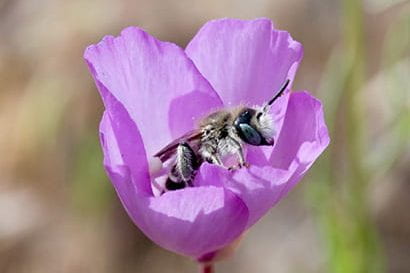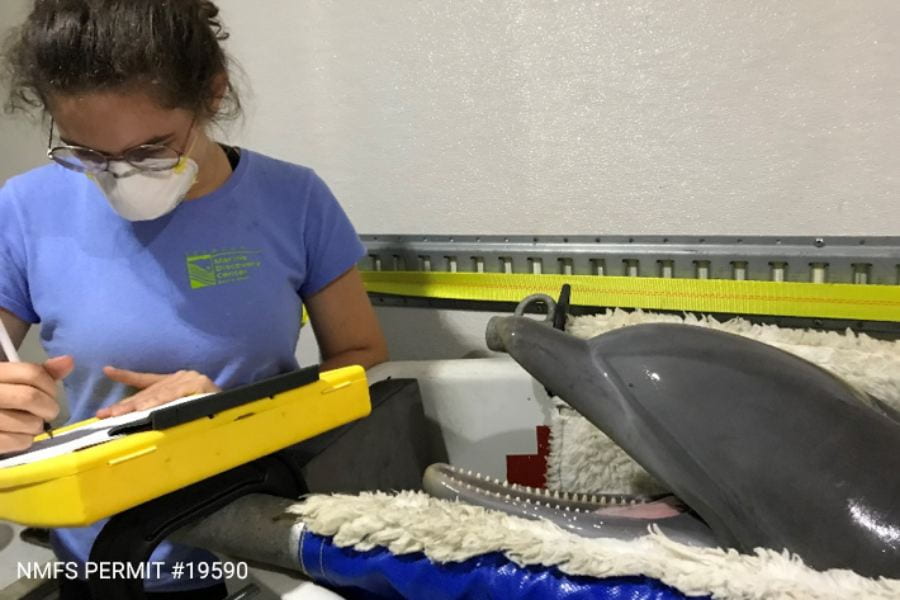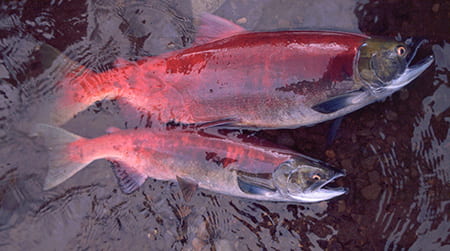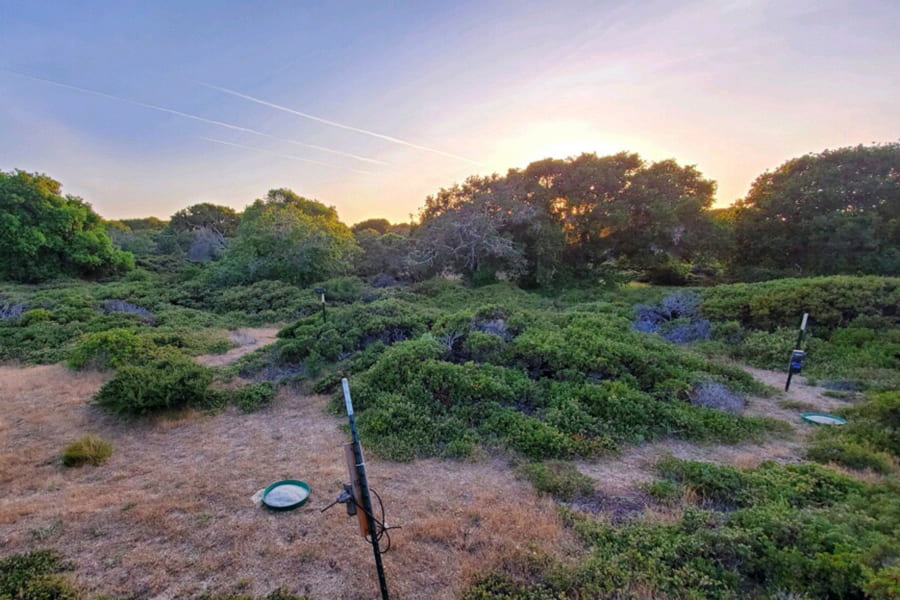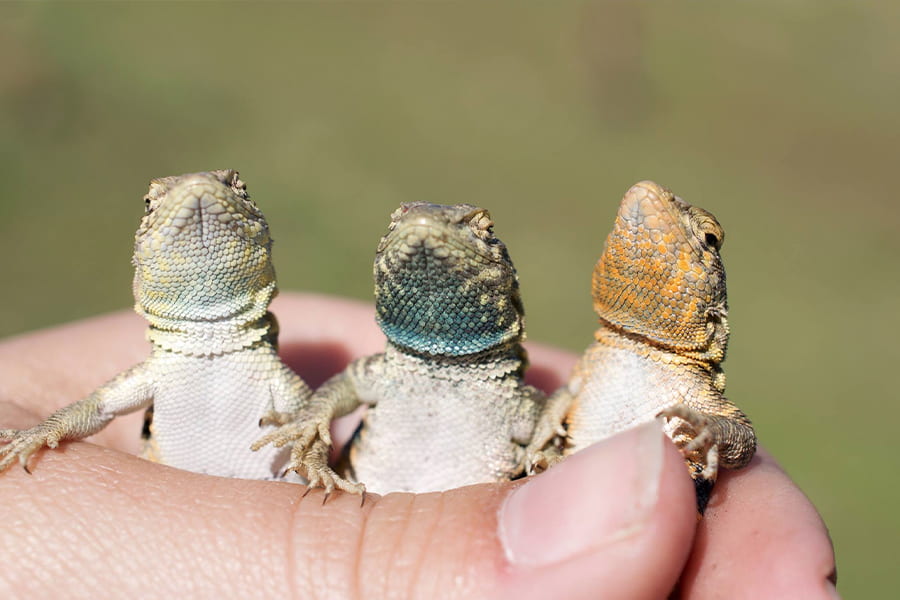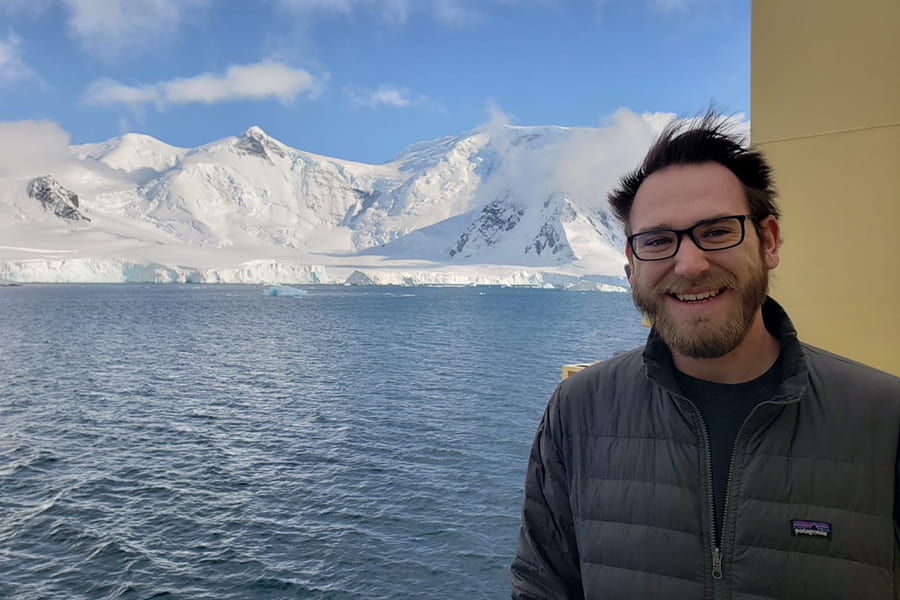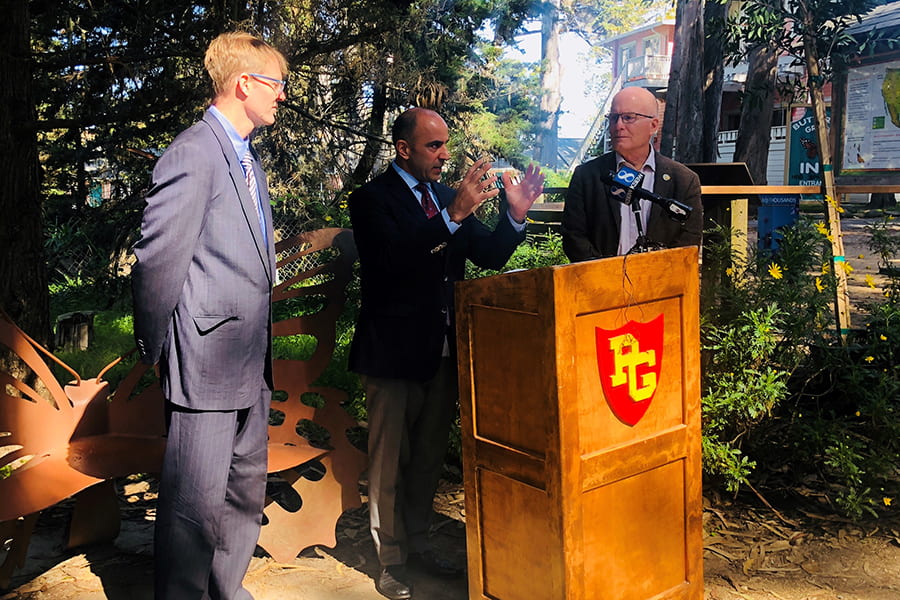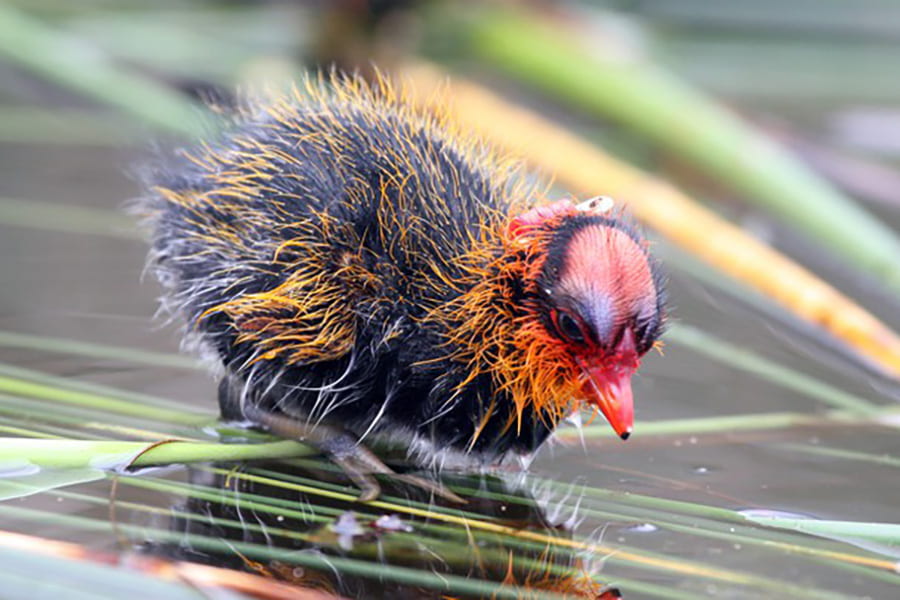Study of flowers with two types of anthers solves mystery that baffled Darwin
Researchers at UC Santa Cruz have found that some flowers encourage bees to visit, and therefore pollinate, multiple flowers through a clever strategy of doling out pollen gradually from two different sets of anthers.
Original story from the UCSC Newscenter.

